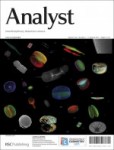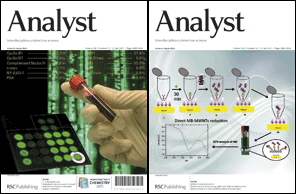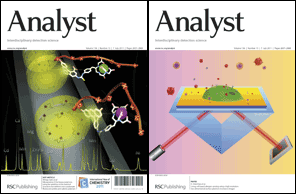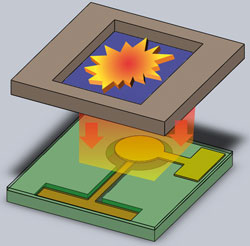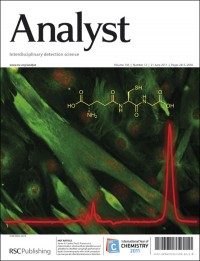A recent collection of Noteworthy Chemistry from the ACS featured an Analyst article from Ben Zhong Tang and co-workers at Zhejiang University, Hangzhou, China.
They prepared BSA–tetraphenylethylene derivative conjugates with aggregation-induced emission (AIE) properties that act as effective fluorescent reporters for simple, sensitive, rapid, low-cost, label-free homogeneous detection of proteases such as trypsin and the protease inhibitor α1-antitrypsin.
Anomalous or elevated physiological levels of proteases and altered α1-antitrypsin function are both implicated in several diseases. As stated in the ACS article, “the simplicity, high sensitivity and rapidity of the BSA–tetraphenylethylene bioconjugate assay make it a prime candidate for AIE probes for biological process monitoring and cancer diagnostics.”
Read the paper by following the link below:
BSA–tetraphenylethene derivative conjugates with aggregation-induced emission properties: Fluorescent probes for label-free and homogeneous detection of protease and α1-antitrypsin
Jian-Ping Xu, Yuan Fang, Zhe-Gang Song, Ju Mei, Lan Jia, An Jun Qin, Jing Zhi Sun, Jian Ji and Ben Zhong Tang
Analyst, 2011, 136, 2315-2321
DOI: 10.1039/C0AN00813C

BSA–tetraphenylethene derivative conjugates with aggregation-induced emission properties: Fluorescent probes for label-free and homogeneous detection of protease and α1-antitrypsin
Jian-Ping Xu, Yuan Fang, Zhe-Gang Song, Ju Mei, Lan Jia, An Jun Qin, Jing Zhi Sun, Jian Ji and Ben Zhong Tang
Analyst, 2011, 136, 2315-2321
DOI: 10.1039/C0AN00813C


